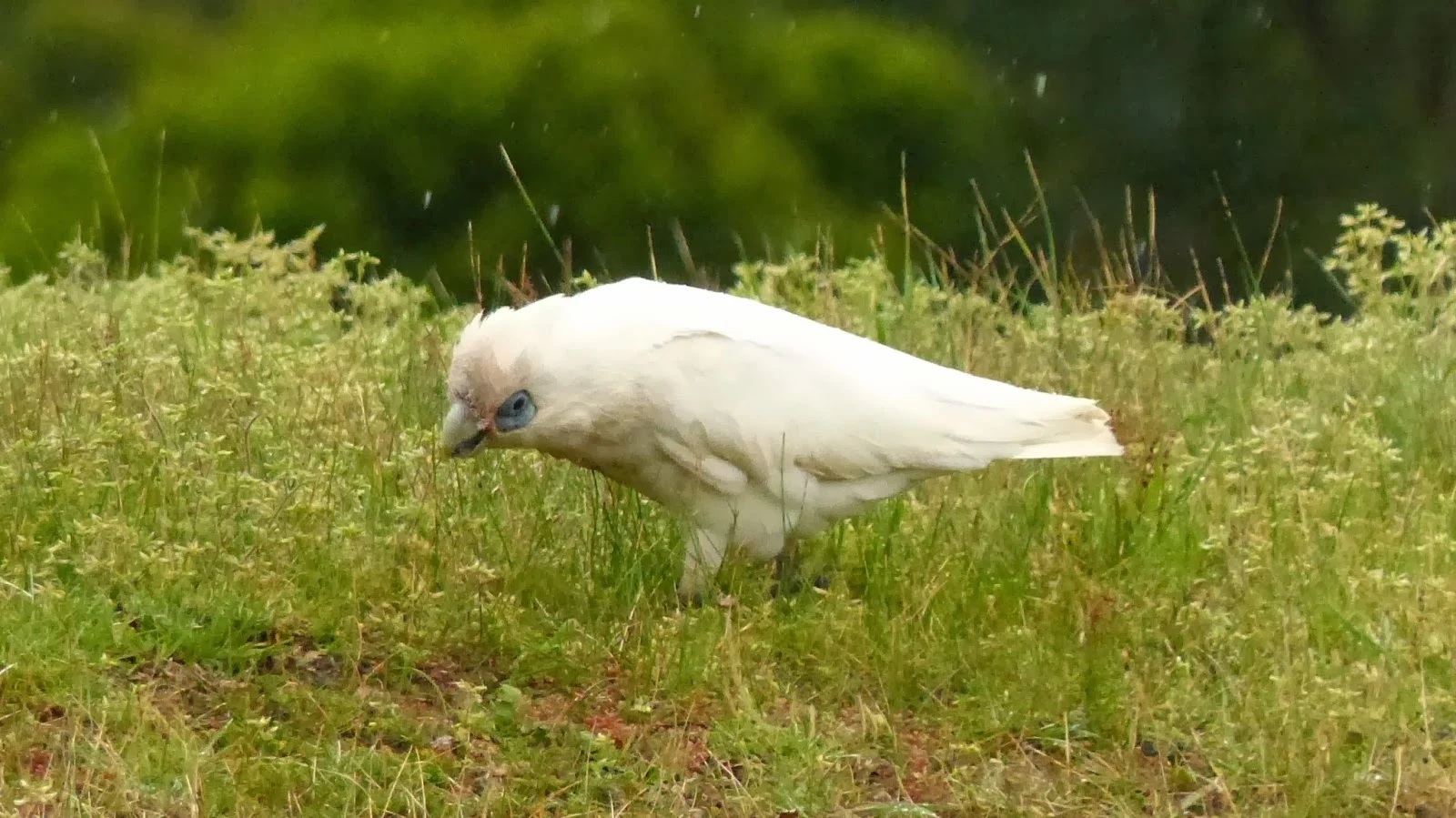Last weekend, a young kangaroo died in open grassland - the reason for its death is unknown but may have been from a snake bite. We were unaware of its death until we noticed Wedge-Tailed Eagles (Aquila audax) feeding on the carrion.
Throughout the week, we took any opportunity to take photographs and movie bytes.
The lighter coloured eagle is a juvenile - and may be from this year, or possibly last years brood.
 |
| Juvenile |
 |
| ...and again |
The darker individual will be either the mum or dad. To give some dimension to size, the fence post is 1250mm tall, extrapalating, the bird is just over 1000mm from head to tail.
 |
| Parent........with fresh meat on the beak |
 |
| .......about to take flight |
We also stitched the following movie from the footage we recorded. You notice that the local Magpies (Gymnorhina spp.) and a Little Raven (Corvus mellori) weren't too happy to have the Wedgies around, continuously hassling them both on the ground and in flight to encourage the eagles to "bugger off".
Once again, a high resolution version is located at :
Enjoy!!













































